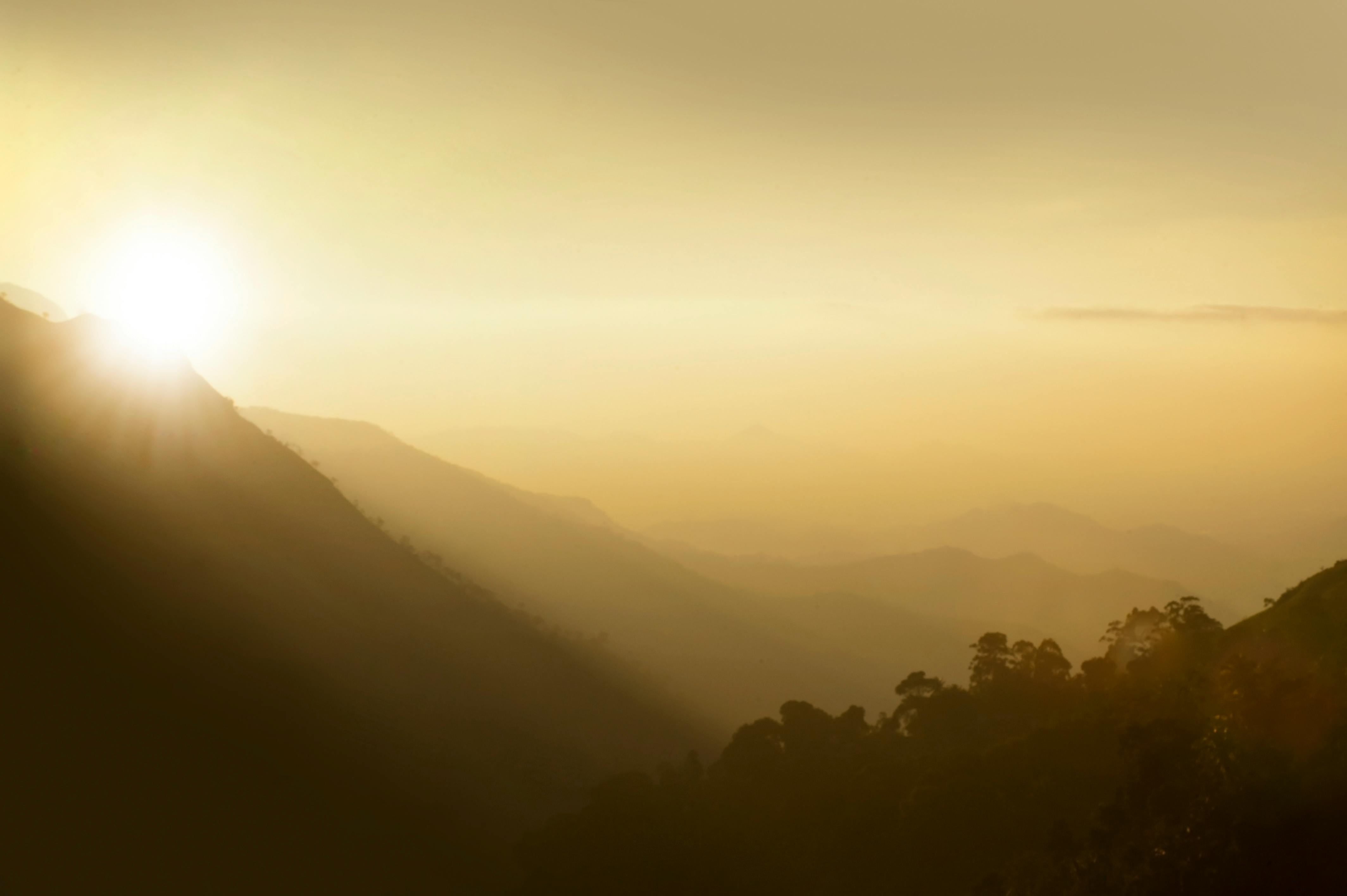Located in the south of Spain, the pretty town of Mijas is one of the best examples of Andalusian white villages (pueblos blancoes) with its narrow streets and quaint whitewashed houses set against a backdrop of pine forest. The town has spectacular views of the coast and the Mediterranean being more than 400 meters above sea level and it is possible to see much of the Costa del Sol including Mijas Costa at about 10 kms.
The narrow cobbled streets are used by the famous donkey taxis and it is recommended that you use them for a tour of the town to see the historic buildings and other sights. The town was founded by the Tartessians and used as a fortress by the Romans. In the fifteenth century the Christian army used Mijas as a military headquarters and settled in the area after the defeat of the Moors.
Mijas is a popular destination for tourists with a population of around 7,000 which increases in the summer months due to the influx of visitors wanting a taste of the old laid back Andalusian lifestyle. The many restaurants and craft shops that cater to the needs of tourists.
When you explore the town, be sure to visit the Roman and Moorish ruins, the miniature museum, the Plaza de Torros bullring, the Calvario sanctuary, and the Church of the Immaculate Conception. The open-air theater is a perfect place to catch a performance and has a busy schedule of events in the summer.
The Sanctuary of the Virgen de la Pena built in solid rock was built in 1586 and is a tribute to the patron saint of Mijas when a vision of the Virgin appeared in the place.
The hermitage of the Church of Santa Ana is located in the Santana de Mijas neighborhood and was built in the 18th century, it is also worth visiting the Church of San Sebastián with its remarkable façade.
There are numerous viewpoints around the town, one of the most beautiful is the Jardines de la Muralla, which in addition to offering spectacular views of the surroundings has a garden that is in flower all year round.
Another good panoramic point to see the valley of Mijas and its surroundings is the hermitage of El Puerto, which was built in the 16th century by Mercedarian monks on the hillside overlooking the town.
On the hillside of Mijas is the Santuario del Calvario built at the beginning of the 18th century that watches over the town.
Walking through the town you will come across El Capricho restaurant in the center of Mijas which is well worth a visit, but there is a wide variety of tapas bars and restaurants to suit all tastes and pockets.
Local artists display their paintings and there is a large selection of handmade pottery. There is also a significant local handmade linen and rattan industry – the locally made honey and bread are well worth trying.
Festivals are popular throughout Spain and especially Andalusia – Mijas has a host of festivals including;
January – Feast of San Antón
February – Carnival
May – International Day
June – The night of San Juan
June – Feast of Corpus Christi
August – Flamenco Dance Festival
August – South American dance festival
August – Spanish Theater Festival
September – Mijas Fair
December – Christmas Concert
The area has become famous for its golf facilities, including the David Leadbetter Golf Academy and the nearby La Cala Norte and Sur golf courses.
Accommodation is plentiful in and around Mijas with a selection of hotels, bed and breakfast establishments and a wide variety of holiday rentals both in Mijas and along the Costa del Sol.
